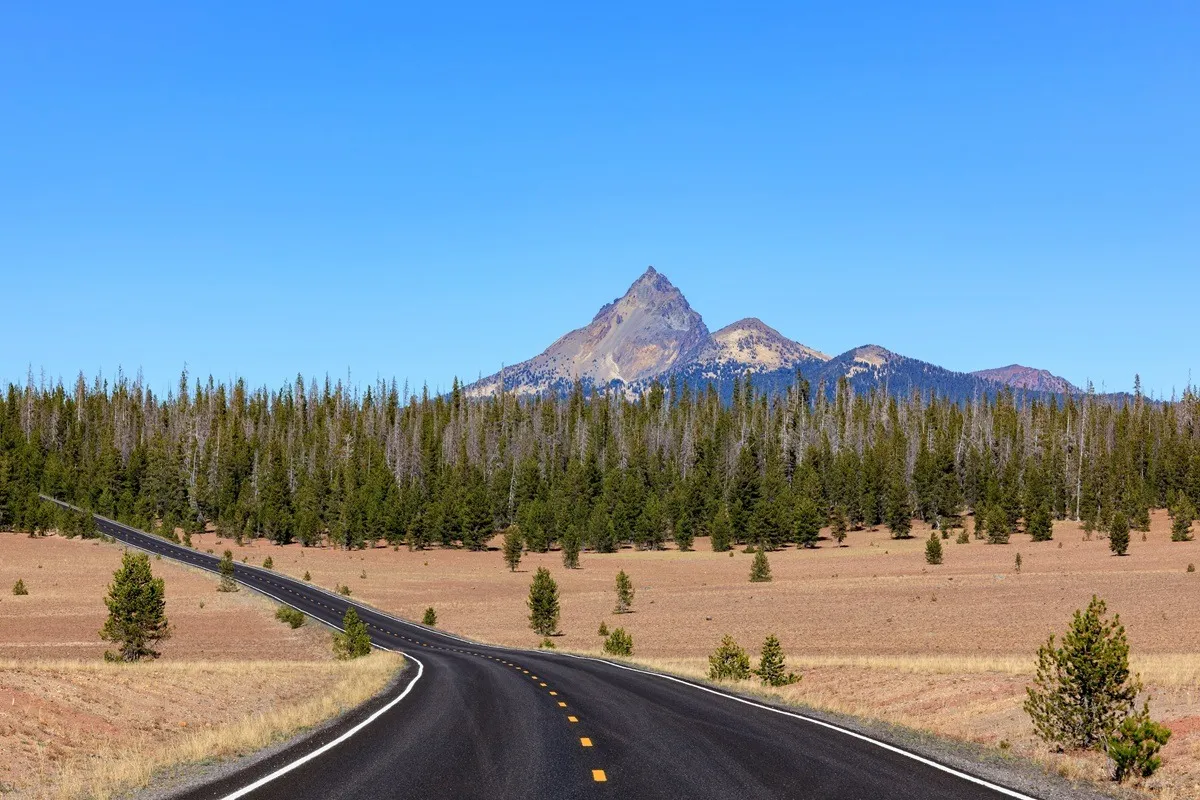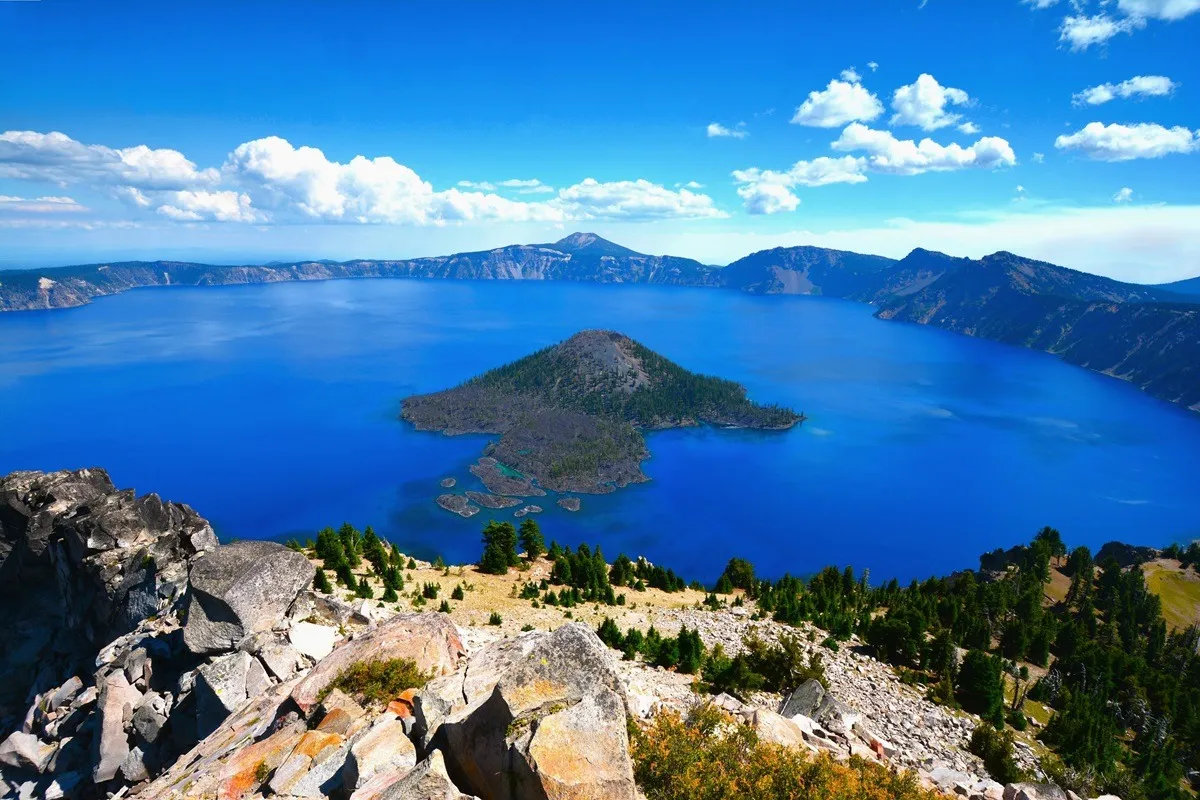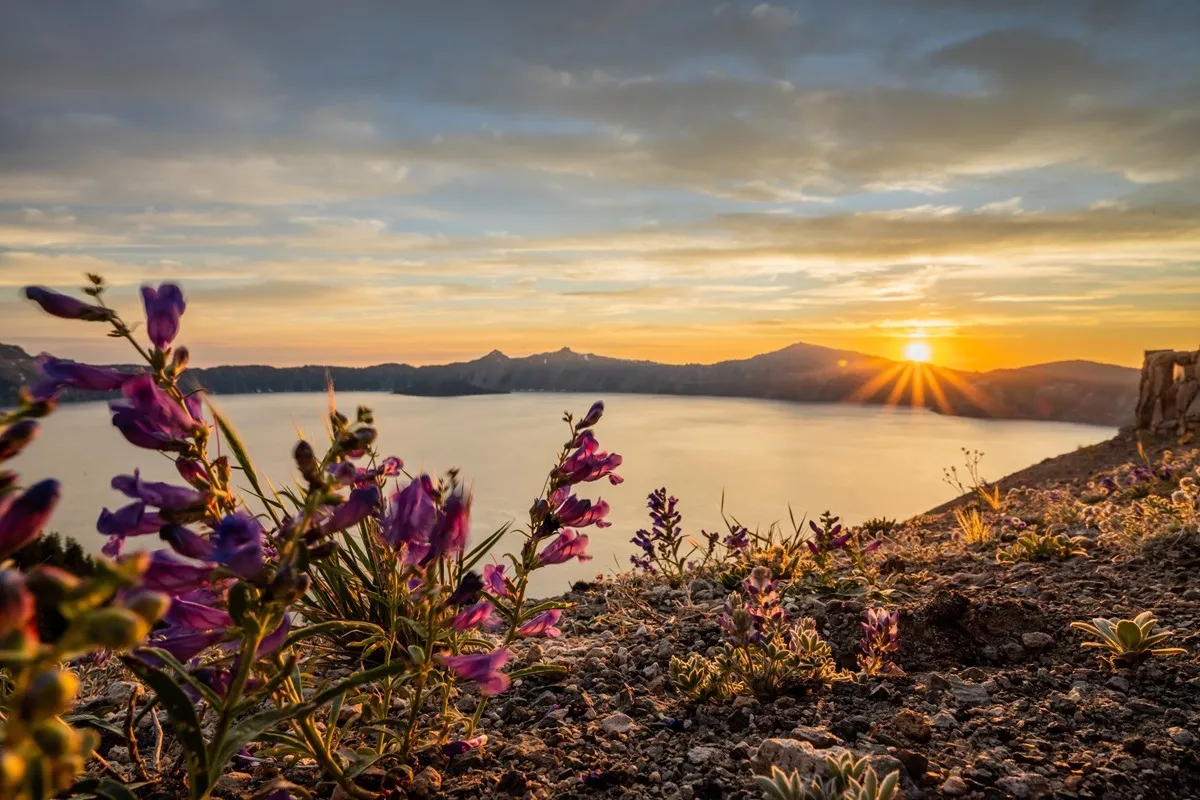Oregon, renowned for its majestic natural beauty from the rugged Pacific coastline to lush green forests and towering mountains, also harbors a rich and fascinating historical treasure. Beyond its natural wonders, Oregon preserves traces of time through its historical sites, each location telling a unique story of the region’s past. Among these, Crater Lake National Park stands out as a jewel, not only a geological marvel but also a long-standing cultural and historical heritage, inviting visitors to explore layers of time through breathtaking landscapes and legendary tales.
Journey Through History at Crater Lake National Park
Crater Lake National Park, nestled in southern Oregon, is not only a natural wonder with the deepest blue lake in the United States but also a place steeped in history and culture. Crater Lake was formed by the collapse of Mount Mazama approximately 7,700 years ago, a magnificent natural event that created a unique landscape and holds deep significance in Native American culture. This land was once home to the Klamath tribe, who witnessed the lake’s formation and passed down legends about it through generations.

Legends of Crater Lake’s Formation in Klamath Culture
According to Klamath legend, Crater Lake was created after a fierce battle between Llao, the god of the underworld of Mount Mazama, and Skell, the sky god. This battle caused Mount Mazama’s peak to collapse, forming a massive caldera that gradually filled with rainwater and snowmelt to become Crater Lake today. This story not only explains the geological formation of the lake but also reflects the deep spiritual connection between the Klamath people and this land. Crater Lake, in their belief, is a sacred place, a nexus between the physical and spiritual worlds.
Archaeological Evidence and History of Discovery
Although the legends of Crater Lake have been passed down for centuries, the Western world only became aware of this wonder in the mid-19th century. In 1853, three explorers, John Wesley Hillman, Henry Klippel, and Isaac Skeeters, stumbled upon the lake during a gold prospecting expedition. They named it “Deep Blue Lake.” However, this name did not last long. The lake was later renamed Crater Lake, accurately reflecting its unique volcanic caldera shape.
In the late 19th and early 20th centuries, efforts to preserve the area and establish it as a national park gained momentum. William Gladstone Steel, a visionary, dedicated years to lobbying for the creation of Crater Lake National Park. In 1902, his efforts succeeded, and President Theodore Roosevelt signed the decision to establish Crater Lake National Park, making it the fifth national park in the United States. This event marked a significant milestone in preserving the natural landscape and cultural heritage of the region.
Crater Lake Lodge: A Historical Landmark
One of the most prominent historical landmarks within the park is the Crater Lake Lodge. Built in 1915 and opened to guests in 1921, this lodge is an architectural icon and a significant historical highlight of the park. With its rustic architecture, using natural materials like stone and wood, the lodge blends into the surrounding landscape and offers visitors a cozy and luxurious retreat amidst pristine nature.

Over its century of existence, Crater Lake Lodge has witnessed numerous historical events and welcomed countless visitors from around the world. It is not only an ideal lodging destination but also a living museum, preserving stories and memories of the park’s development and Oregon’s tourism industry. Staying at this lodge is not just a resort experience but also a journey back in time, exploring the history and culture of this land.
Exploring Other Historical Sites Near Crater Lake
While Crater Lake National Park is the main highlight in the journey to discover historical sites in this area, visitors can also extend their trip to explore other fascinating locations, rich in Oregon’s history and culture.
Jacksonville: Historic Gold Rush Town
Not far from Crater Lake National Park, the city of Jacksonville is a captivating destination for those who love history and antique architecture. Jacksonville was once a bustling gold mining center in the mid-19th century and has been remarkably preserved to this day. Jacksonville’s historic downtown area is recognized as a National Historic Landmark District, with brick streets, historic Victorian-style buildings, and numerous shops and museums preserving stories of the town’s golden era.
Visitors can stroll along the historic streets, visit the Jacksonville Historical Museum to learn about the gold mining past and the lives of local residents, or enjoy a performance at the Britt Pavilion, a renowned outdoor performing arts venue with a long history.
Fort Klamath National Monument
For those interested in military history and the relationship between Native Americans and the U.S. government, Fort Klamath National Monument is a must-visit. Fort Klamath was established in 1863 as a military outpost during the Modoc War. Today, the monument retains several historic buildings, a military cemetery, and a small museum, showcasing artifacts and information about the fort’s history and the surrounding area.

Visiting Fort Klamath provides a deeper understanding of a complex and sometimes painful period in Oregon’s history, while also helping visitors better understand the challenges and conflicts in the territorial expansion and development of the United States.
Tips for Visiting Historical Sites in Oregon
To have a complete and meaningful visit to historical sites in Oregon, travelers should keep in mind a few things:
- Research in advance: Before visiting each location, research its history, stories, and cultural significance. This will help you gain a deeper understanding and appreciation for what you are exploring.
- Choose the right time: Summer and autumn are ideal times to visit outdoor historical sites in Oregon, especially the Crater Lake area. Warm and pleasant weather will facilitate walking, exploring, and enjoying the scenery.
- Prepare appropriate attire: If you plan to do a lot of walking or visit outdoor historical sites, prepare comfortable clothing, suitable footwear, and hats to protect yourself from the sun.
- Respect historical sites: When visiting historical sites, always respect the space and artifacts. Do not touch, move, or take anything from the site. Follow the regulations and guidelines of the management to preserve the heritage for future generations.
- Combine visits with other activities: To make the trip more enjoyable, combine visiting historical sites with other activities such as hiking, nature exploration, enjoying local cuisine, or attending cultural events.
Conclusion
A journey to explore the prominent historical sites in Oregon, especially Crater Lake National Park, is a wonderful opportunity for visitors not only to admire the majestic natural beauty but also to delve deeper into the rich history and culture of this land. From the legendary tales of Crater Lake’s formation to the traces of Native Americans, early settlements, and significant historical events, each location offers a unique perspective on the past and contributes to Oregon’s distinctive identity. Plan your trip and discover the fascinating historical sites awaiting you in Oregon!